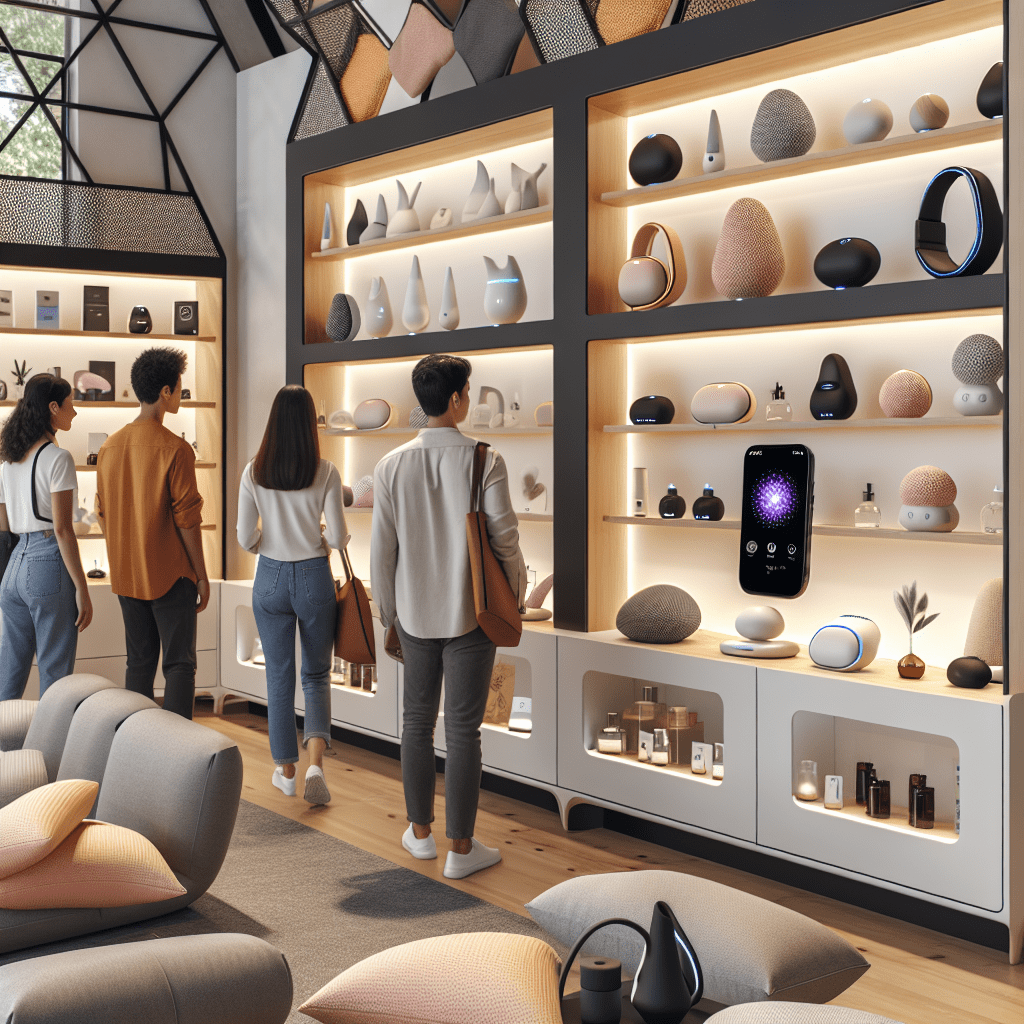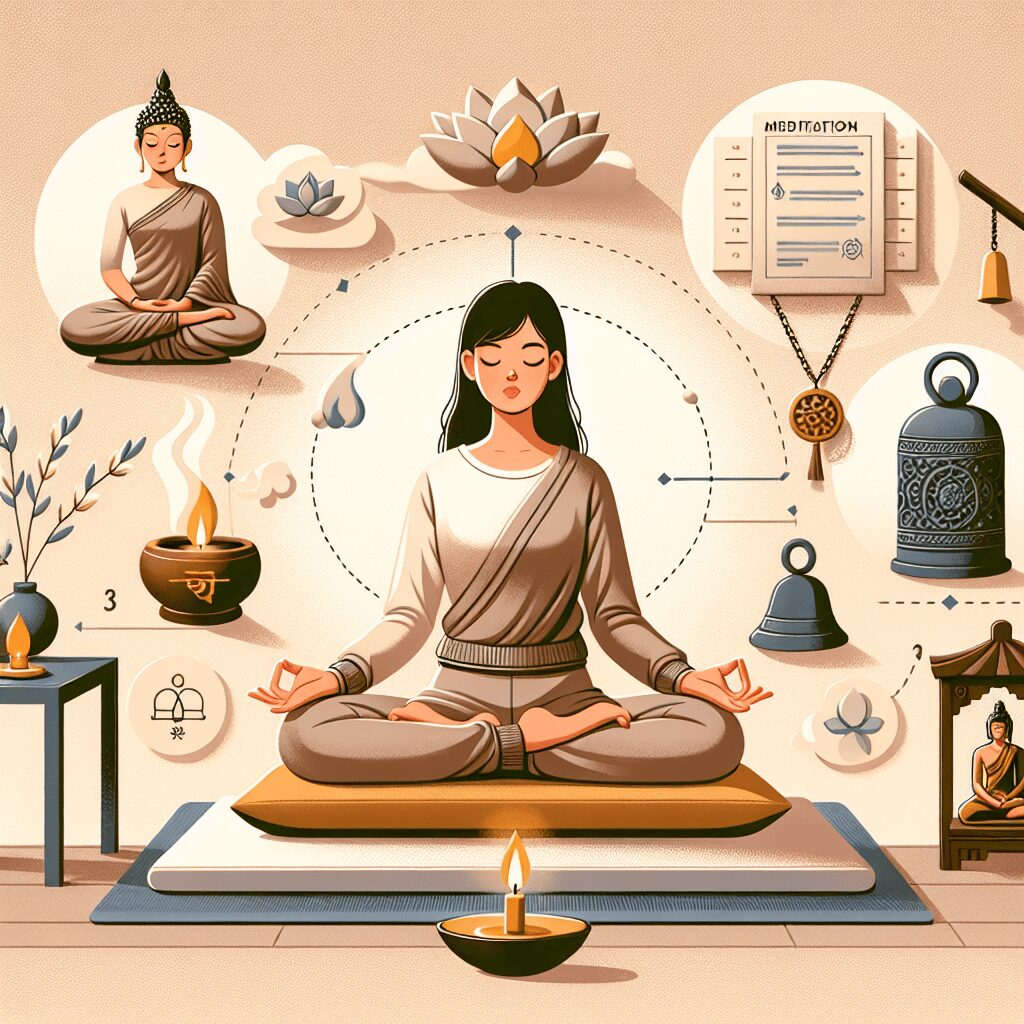
Prioritize your mental well-being daily. Enhance your life by nurturing your mental health with the Smart Meditation app. Break free from stress, alleviate anxiety, and enhance your sleep quality starting today.
Is Anxiety Psychological Or Physiological?
Unraveling the Enigma: Is Anxiety Rooted in the Mind or Body?
When it comes to anxiety, a common conundrum that keeps folks on their toes is whether this ubiquitous interloper is psychological or physiological in nature. Spoiler alert: the answer isn’t as black and white as we’d hope. Rather, it’s painted in shades of gray, showcasing a rich tapestry of mind and body intricacies. So, let’s dive headfirst into this fascinating exploration, shall we?
The Psychological Perspective
Starting with the mind aspect of the equation, psychology plays a monumental role in the development, manifestation, and resolution of anxiety. Anxiety, at its core, is an emotional reaction characterized by feelings of tension, worried thoughts, and physical changes like increased blood pressure. It primarily emerges from our cognitive processes – the way we perceive, imagine, and interpret situations around us.
Cognitive-behavioral therapy (CBT), a popular and effective treatment for anxiety, underscores the psychological roots of anxiety. It operates on the premise that maladaptive thinking patterns are the culprits behind anxious feelings. For instance, if someone always anticipates the worst-case scenario, they’re on a one-way ticket to Anxietyville, population: them.
Furthermore, life experiences, including traumatic events or early childhood adversity, can sow the seeds of anxiety deep within the fertile soil of our psyche. It’s as if our minds become wired to expect danger at every turn, keeping our fight-or-flight response on a hair trigger.
The Physiological Puzzle Piece
Now, flipping the coin to its other side, we encounter the physiological contributors to anxiety. Lo and behold, our bodies aren’t just innocent bystanders; they’re active participants in this dance of distress.
Anxiety doesn’t just live in the head; it courses through our veins, pulses in our hearts, and knots our stomachs. The sympathetic nervous system (SNS), that old rascal, gets in on the action by kicking our body into high gear, ready to face perceived threats – the operative word being “perceived”.
Moreover, a cocktail of hormones and neurotransmitters, such as cortisol, adrenaline, and serotonin, play pivotal roles in regulating mood and stress responses. An imbalance in these chemical messengers can lead our emotional state astray, making anxiety more likely to crash the party.
Heredity also throws its hat in the ring, suggesting that the propensity for anxiety might be coded into our DNA. Studies have shown that individuals with a family history of anxiety disorders are more likely to experience anxiety themselves, a testament to the adage, “The apple doesn’t fall far from the tree.”
The Verdict: A Complex Interplay
So, where does that leave us in our quest to categorize anxiety as either psychological or physiological? Lo and behold, the answer lies in their confluence. Anxiety is a complex beast, born of both mind and body intricacies. It’s akin to a tango between our cognitive processes and physiological responses, each step meticulously choreographed by both internal and external factors.
The upshot? Addressing anxiety effectively necessitates a holistic approach. From cognitive-behavioral techniques and mindfulness practices to medical interventions and lifestyle changes, the roadmap to managing anxiety is as multifaceted as its origins.
In a nutshell, if you’re grappling with anxiety, it’s crucial to acknowledge the dual nature of this unwelcome guest. By understanding the intertwined psychological and physiological roots of anxiety, we can arm ourselves with the tools needed to show it the door. Remember, though the journey might be challenging, it’s one worth embarking on — after all, peace of mind and body isn’t just a destination, it’s a way of living.





